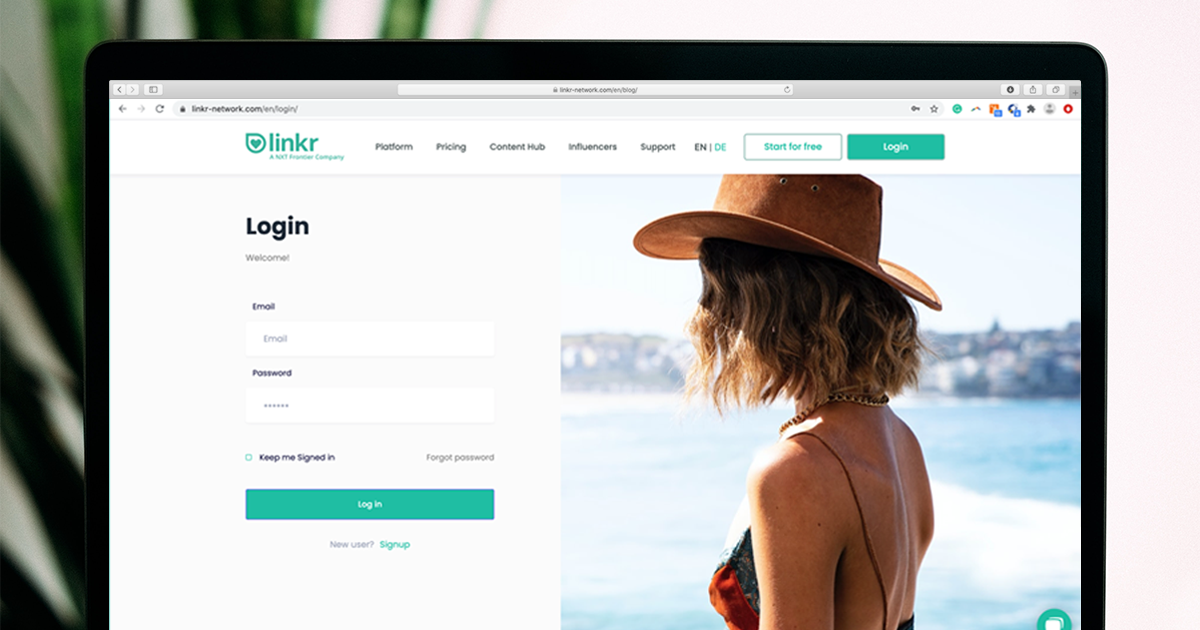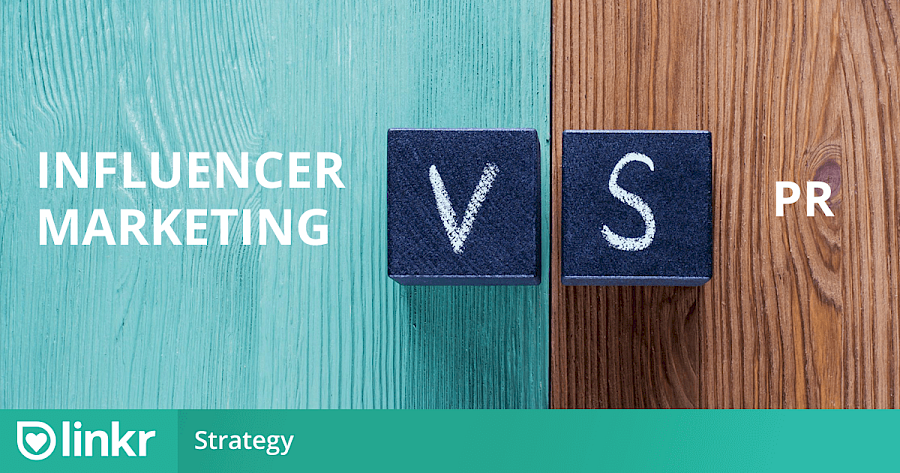Influencer marketing is said to be similar to, if not a form of, public relations, although proponents of either argue otherwise. Both are ways for companies to promote their brands, and both ways have overlapping elements. That’s why it’s sometimes hard to distinguish one from the other.
Public relations is what business people, celebrities, and politicians have been doing since they learned that journalists and writers pick interesting stories that hopefully people will consume. In a nutshell, a personality or an organization will pitch stories in the hopes that the media will pick them up. These stories have to be interesting enough for televisions or newspapers to feature them. A brand then gets the buzz it wants once journalists talk about it.
Influencer marketing, on the other hand, is making influencers feature your brand on their social media platforms. It’s a relatively new type of digital marketing that harnesses the power of social media influence. Influence is simply the ability to affect someone’s opinion, emotion, and behavior. In marketing, that translates to the ability to affect someone’s perception of a brand, personal values associated with the brand, the level of trust put into it, a felt desire, maybe even a purchasing decision.
Both Influencer marketing and PR are similar because both make use of other entities or people to make the public know about a brand. The purpose of both is to create brand awareness and hopefully convert that awareness into the aforementioned positive associations, appeal and trust. Both are also aimed at increasing reach, consideration, and loyalty -- eventually, helping the brand grow.
Back in the days, there were no influencers. Or at least, the influencers prior to the digital era were TV personalities, newspaper and magazine writers, movie stars, famous athletes, and recording artists. Brands would align themselves with these popular people because of their huge audience.
But public relations relied on a specific type of yesterday’s “influencers”, the media people, the press people, those who could generate fancy write-ups about your brand or service or event. When the media talked about your product, it threw the impression that your product was relevant.
But what happens if no one from the media responds and your pitches go ignored?
This happens a lot, as most startups and even seasoned medium-sized businesses can’t even jostle against companies with huge marketing budgets and dedicated PR teams. That’s one of the reasons many small to mid-sized brands have been left frustrated with traditional marketing options, starting to look elsewhere.
The advent of social media relegated the traditional media and brought the power back to the consumers. Instead of having to turn to a limited number of larger institutions, gate-keeping access to the audience brands so desperately wanted to reach, there are now thousands of individuals that have accumulated hundreds of thousands of followers in every niche imaginable. This “democratization of reach” has made it a lot easier for brands to tap into and connect with their target audience. On top of that, influencer marketing platforms such as linkr have made the field accessible for small and medium-sized businesses.

PR Content vs Influencer Content
Whereas PR content is inherently a press release, usually a write-up that tells people about the launching of a new product or service or about an upcoming event, influencer content is more organic, more engaging, more humanized. Nobody reads a press release about a product without prior knowledge about it. When written and posted haphazardly, this type of content doesn’t generate engagement.
Influencer marketing works primarily because you’re tapping into the trust people have in influencers. They’re ordinary people who share their lives or thoughts online. They don’t speak like linguists who are out of touch. They talk in a language we all understand. We relate to them one way or another, and such connection builds their authority, credibility, and trustworthiness -- traits that traditional media personalities could no longer cultivate in today’s changing world.
PR content also shares the same weaknesses as paid advertising. It’s a one-way communication. You tell your audience something without enabling them to respond. That’s why it’s not ideal for companies that are in the stage of creating brand awareness and engagement.
Influencer content, on the other hand, allows not just any interaction but also conversations. When an influencer posts something, they inadvertently bring about responses from their audience. They then respond to comments, and people usually exchange thoughts or opinions in the comments. This kind of interaction supercharges engagement and brings more people onto the post. This influencer power is unrivaled by any other form of marketing. The reason is plain. Influencer content isn’t about the brand. It’s about the experience, something everyone can relate to. Experiences generate conversations. Conversations create a community.
PR content is about the brand. Influencer content is about experiences. Audiences tend to consume the latter. However, the brand awareness generated by influencer content isn’t everything. Branded content influencers make doesn’t necessarily make buyers crash into your stores and empty your shelves. That’s why despite seeing the value of influencer content, companies still understand why a massive PR stunt is essential.
Final Thoughts
The similarities sometimes create confusion among marketers, not that the confusion hampers brand promotions in any way. It’s just that we commonly hear influencer marketing being touted as the new PR. Thus, it’s important to understand the differences.
At the end of the day, it’s not influencer marketing vs PR, but influencer marketing and PR, both working hand-in-hand to boost positively loaded awareness for your brand.



